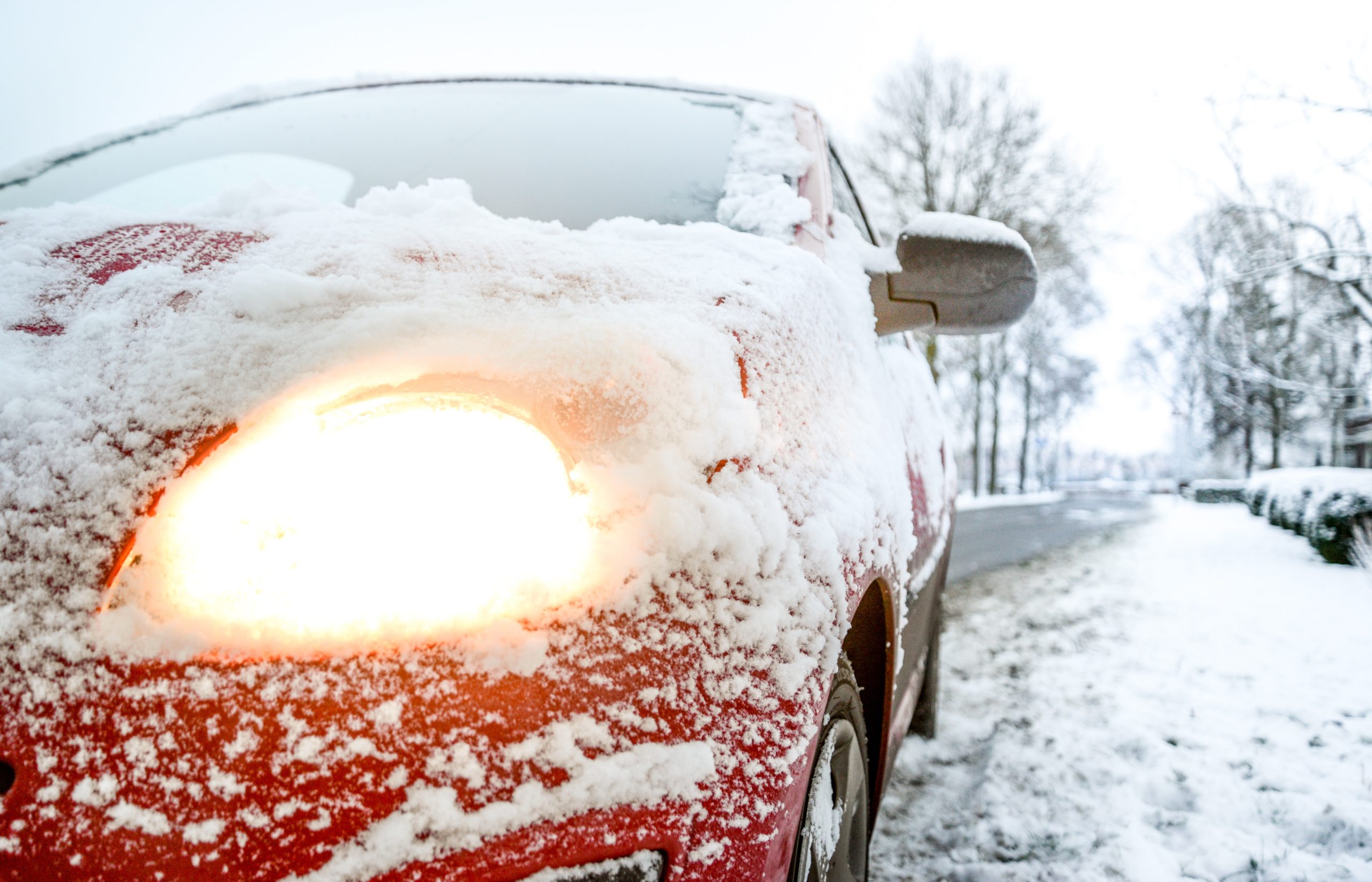How Motorcycle Helmets Save Lives

There’s nothing quite like the freedom of two wheels and an open road. But that freedom also comes with risk. And when it comes to protecting yourself, few things are more important than wearing a helmet. Here’s why. Helmets Save Lives.
It’s not a guess. It’s proven.
According to the National Highway Traffic Safety Administration, helmets are 37% effective in preventing fatal injuries for motorcycle riders and even more effective for passengers at 41%. In just one year, helmets saved 1,872 lives. Tragically, another 749 people could’ve survived if they’d been wearing one. [NHTSA]
And it’s not just about surviving a crash, it’s about minimizing the damage. The CDC reports that helmets reduce the risk of head injury by 69%. That’s massive. Beyond the personal cost, helmet use could also save our country over $1 billion each year. [CDC]
How Helmets Actually Work
It’s more than just a hard shell.
A motorcycle helmet is a layer cake of protection. Each part plays a role in keeping you safe:
- Outer Shell: This tough outer layer, often made of polycarbonate or fiberglass, spreads out the impact and protects you from sharp objects.
- Impact-Absorbing Liner: Usually EPS foam, this layer is what actually absorbs the energy of the hit.
- Comfort Padding: Makes the helmet more wearable and keeps it snug.
- Retention System: That’s the chin strap. It holds the helmet in place when it matters most.
Together, these layers help reduce both linear and rotational forces on your brain, which can be the difference between a concussion and a life-threatening injury.
What Illinois Law Says
Across the U.S., helmet laws vary. Here’s where things stand:
- 19 states + D.C. require helmets for all riders.
- 28 states have partial laws, mostly for those under 18 or 21.
- 3 states (Illinois, Iowa, and New Hampshire) have no helmet laws at all.
Here’s the harsh reality:
In states without universal helmet laws, 51% of motorcyclists killed in crashes weren’t wearing helmets. In states with helmet laws? Just 10%. [NHTSA]
Not All Helmets Are Created Equal
Here’s how different types stack up:
- Half Helmets
- Coverage: Just the top of your head.
- Protection: Minimal. No face or chin protection.
- Used By: Riders who value a low-profile look, but safety takes a hit.
- Open-Face (3/4) Helmets
- Coverage: Top, sides, back of head.
- Protection: Better, but your face and jaw are still vulnerable.
- Modular (Flip-Up) Helmets
- Coverage: Similar to full-face when closed.
- Protection: Good, but the hinge makes it slightly less secure.
- Ideal For: Touring riders. [Motorcycle Gear 101]
- Full-Face Helmets
- Coverage: The whole head: face, chin, and jaw included.
- Protection: Best in class. Most recommended for safety.
- Dual-Sport / Off-Road Helmets
- Coverage: Similar to full-face, but designed for trail and dirt riding.
- Protection: Solid for off-road, but not ideal at highway speeds.
Safety Certifications to Look For
If it’s not certified, it’s not safe.
There are a few trusted standards to look for:
- DOT (U.S. Department of Transportation): Meets basic U.S. safety standards.
- ECE (Economic Commission for Europe): Common internationally; new ECE 22.06 standard adds more rigorous testing.
- Snell: A nonprofit that goes beyond DOT testing, used for racing.
- SHARP: A UK-based system that gives helmets a star rating from 1 to 5.
Avoid anything that says “novelty helmet”those are for looks, not safety.
How to Pick the Right Helmet
It could save your life.
- Fit is everything. It should be snug but not painful.
- Look for safety labels like: DOT, ECE, Snell, SHARP the more, the better.
- Check weight and airflow. If it’s too heavy or hot, you won’t wear it.
- Don’t fall for fakes. If the price seems too good to be true, it probably is.
If You’ve Been Hurt in a Motorcycle Crash
We’re here to help you get back on the road, safely. Motorcycle accidents are scary. The injuries can be life-changing. And the insurance companies? They don’t make it easy. That’s where we come in.
At Onward Injury Law, we help riders and families stand up to big insurance companies and get the compensation they need to move forward. We’ve recovered millions for our clients, and we’ve earned over 400 5-star reviews doing it the right way, by treating people like people.



